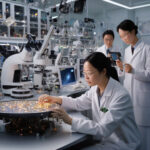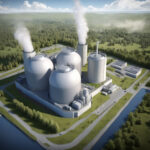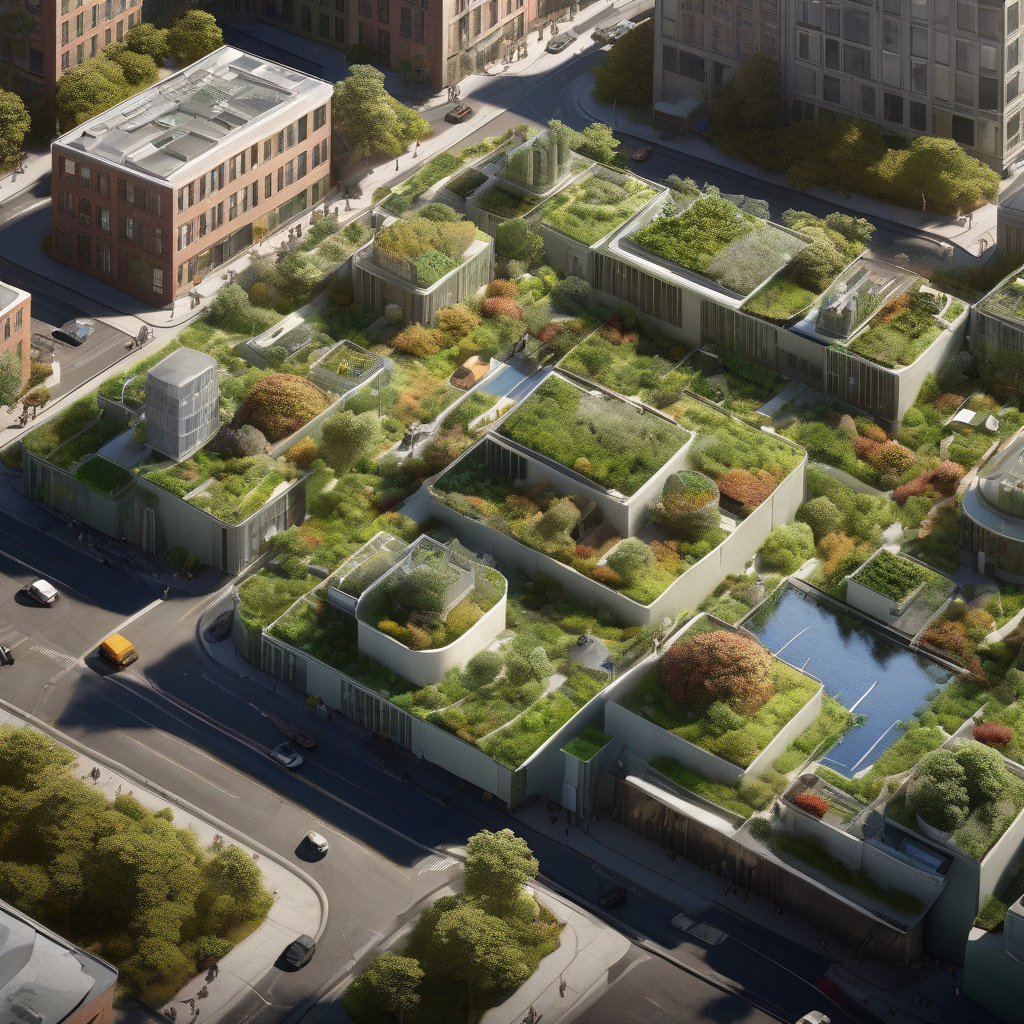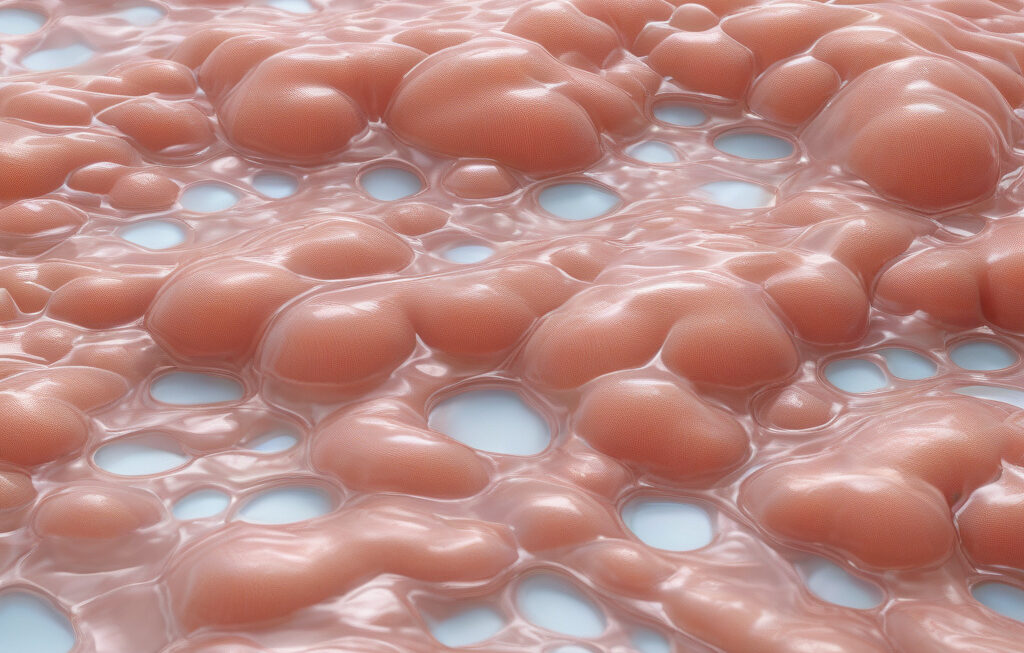Microclimate Engineering: The Innovative Solution to Urban Heat Island Effects
Ellie Gabel’s exploration of microclimate engineering shines a light on the power of sustainable design, green spaces, and smart technology in combating the detrimental effects of urban heat islands. With cities becoming increasingly warmer due to human activities and climate change, the need for innovative solutions has never been more pressing.
Urban heat islands are metropolitan areas that experience significantly higher temperatures than their rural counterparts due to human activities like transportation, industrial processes, and energy consumption. These elevated temperatures can have a range of negative impacts, including increased energy consumption, heat-related illnesses, and compromised air quality. However, through the implementation of microclimate engineering, cities can effectively mitigate these effects and create healthier, more sustainable urban environments.
One of the key components of microclimate engineering is sustainable design. This involves the strategic placement of buildings, green spaces, and water bodies to optimize natural ventilation, shade, and cooling effects. By incorporating features such as green roofs, vertical gardens, and permeable surfaces, cities can reduce heat absorption and create microclimates that are more conducive to human comfort.
Green spaces play a crucial role in combating urban heat islands by providing shade, reducing surface temperatures, and enhancing overall air quality. Parks, urban forests, and community gardens not only offer respite from the heat but also promote biodiversity and ecological balance within urban settings. Through the careful integration of green spaces into city planning, microclimate engineering can help cool urban areas and create a more sustainable urban ecosystem.
In addition to sustainable design and green spaces, smart technology is another vital aspect of microclimate engineering. The use of sensors, data analytics, and automation systems allows cities to monitor and manage environmental conditions in real-time. By collecting data on temperature, humidity, and air quality, urban planners can make informed decisions to optimize cooling strategies and enhance overall urban livability.
An excellent example of successful microclimate engineering can be found in Singapore, a city known for its innovative approach to urban sustainability. Through initiatives like the Gardens by the Bay and the Punggol Waterway Park, Singapore has leveraged sustainable design, green spaces, and smart technology to transform its urban environment. These green oases not only provide recreational spaces for residents but also help reduce ambient temperatures and improve overall urban resilience.
As the impacts of climate change continue to manifest, the importance of microclimate engineering in combating urban heat island effects cannot be overstated. By embracing sustainable design, integrating green spaces, and leveraging smart technology, cities around the world can create cooler, more livable urban environments for current and future generations. The time to act is now, and microclimate engineering offers a promising path towards a more sustainable and resilient urban future.
The post “How microclimate engineering can combat urban heat island effects” appeared first on Innovation News Network.
#MicroclimateEngineering, #UrbanHeatIslands, #SustainableDesign, #GreenSpaces, #SmartTechnology












